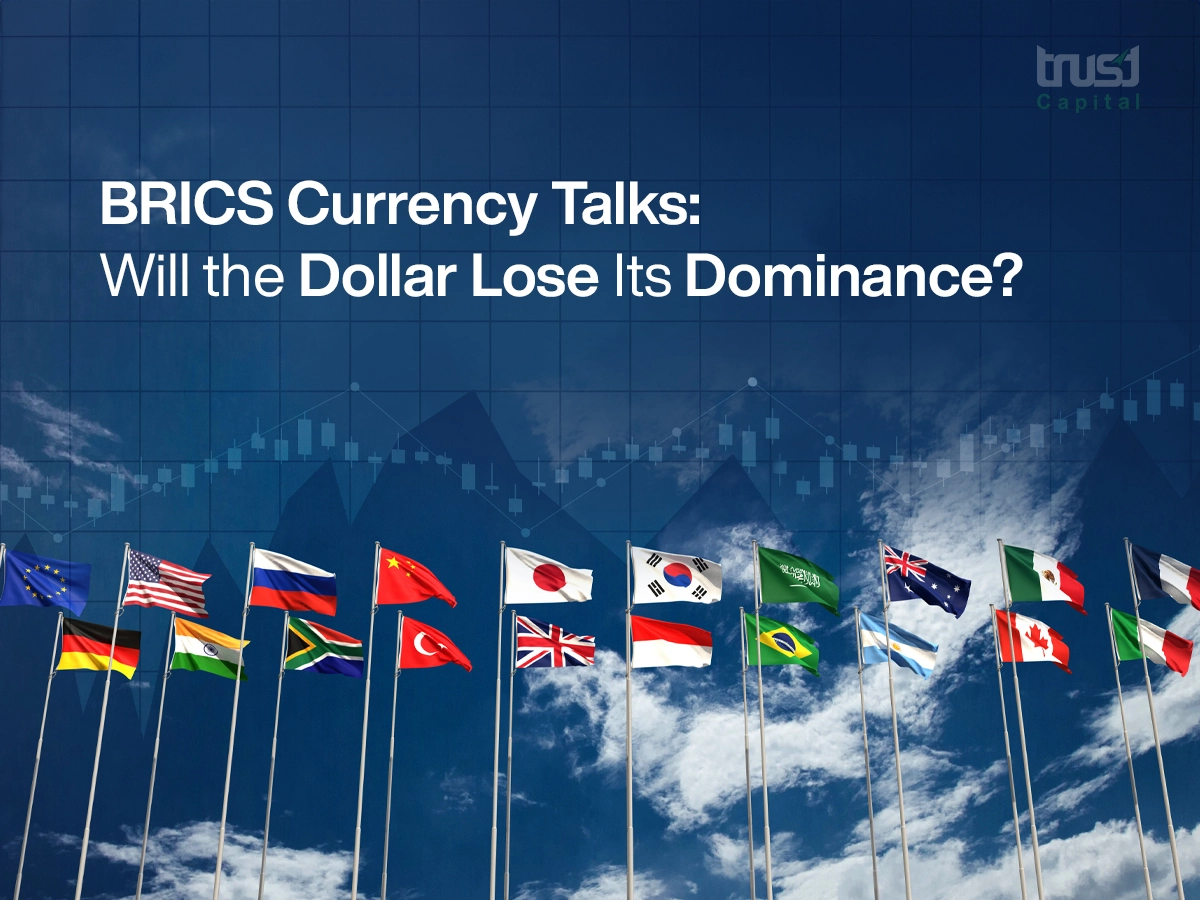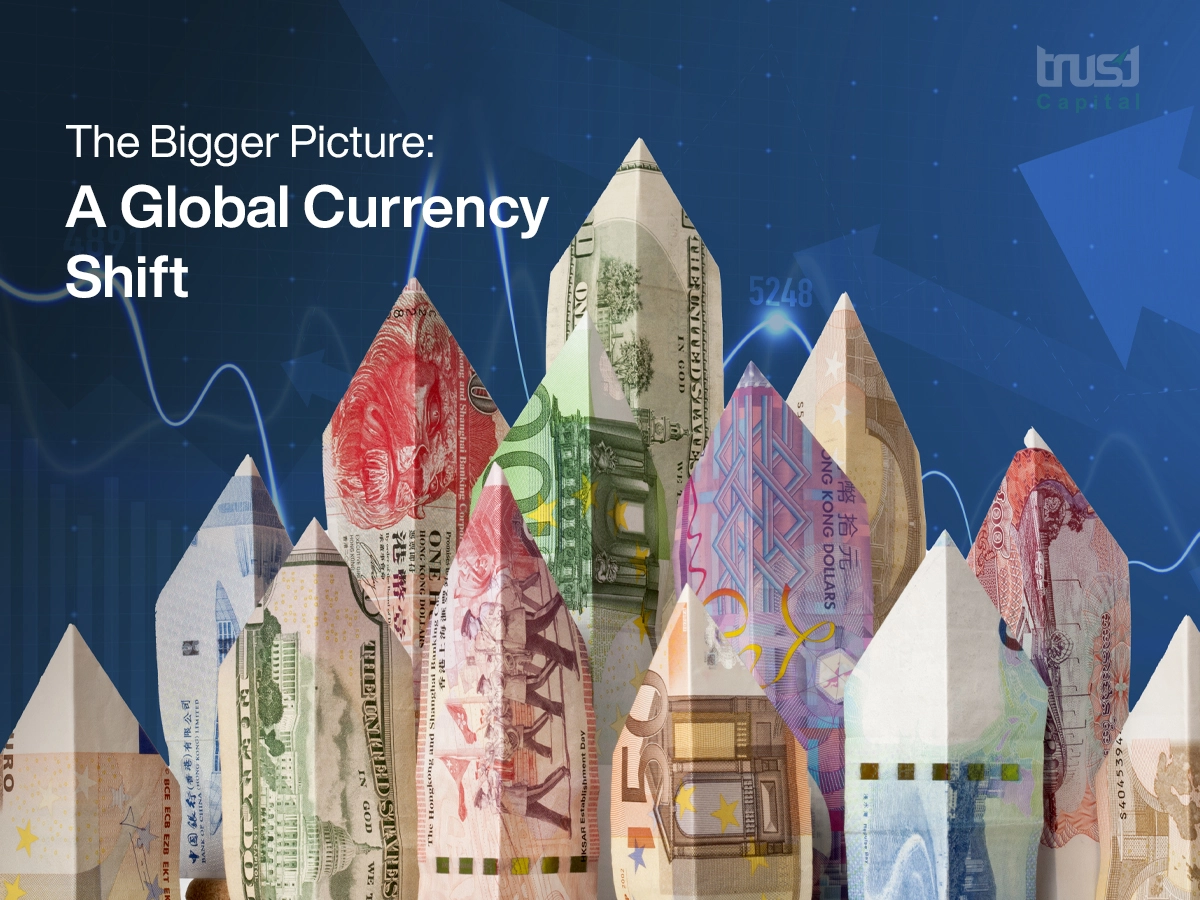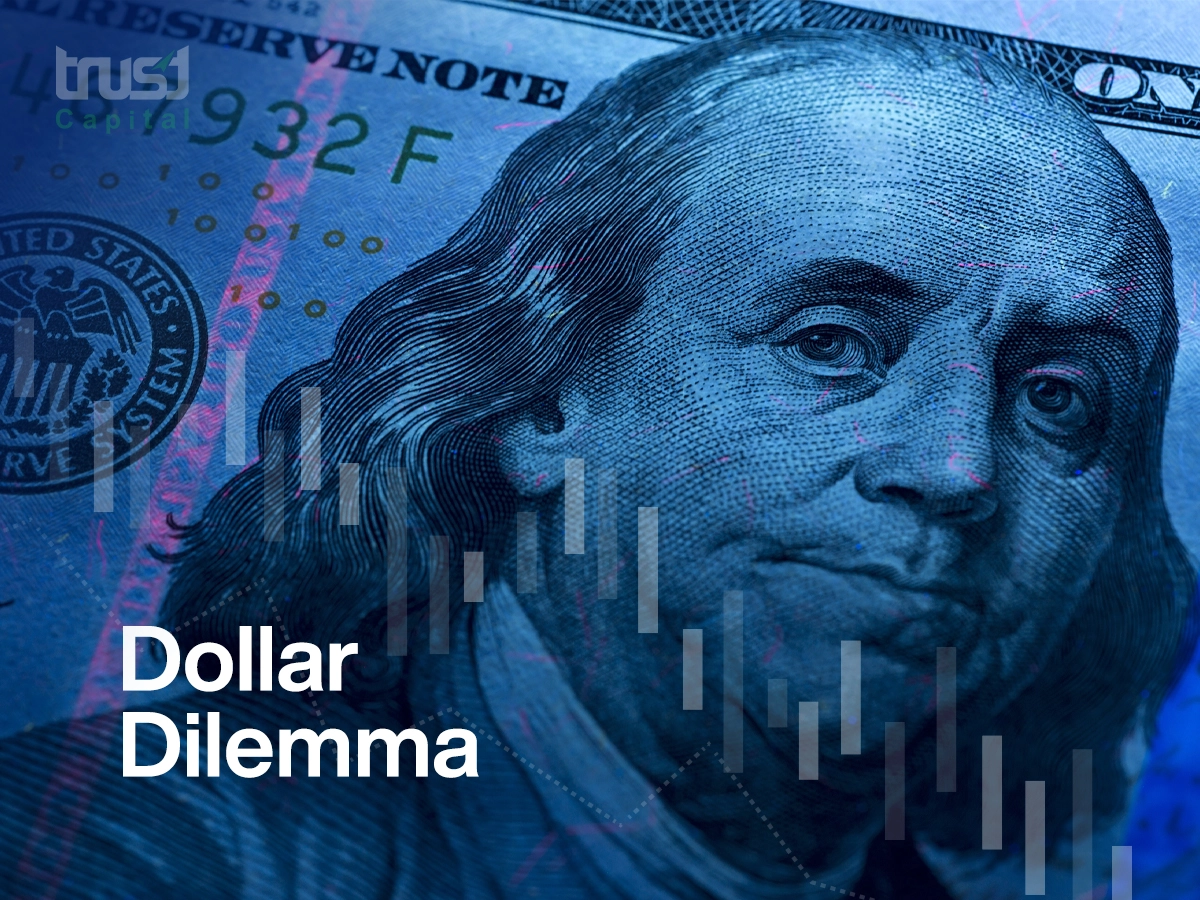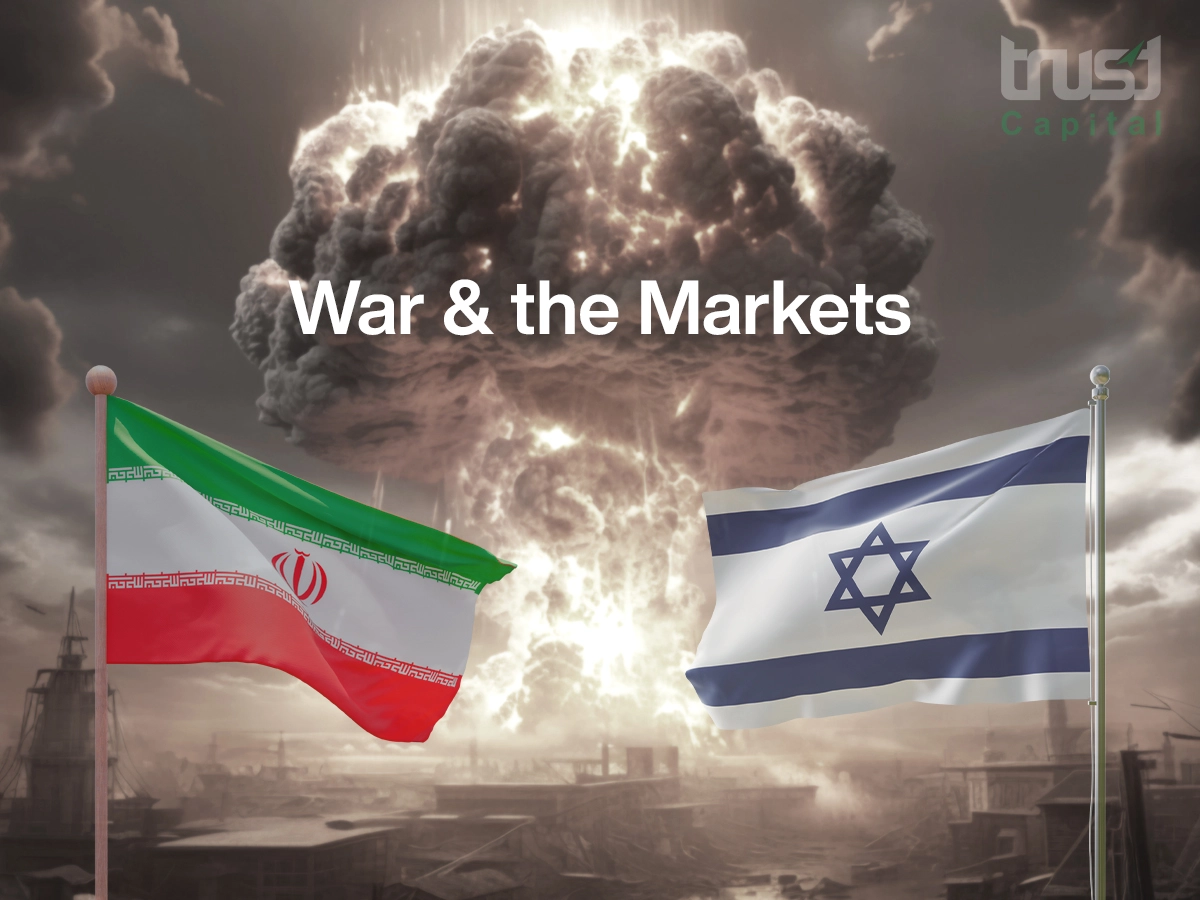BRICS Currency Talks: Will the Dollar Lose Its Dominance

The global financial landscape is undergoing a seismic shift, with the BRICS alliance (Brazil, Russia, India, China, and South Africa now expanded to include nations like Egypt, Iran, Ethiopia, and the UAE at the forefront of challenging the long-standing dominance of the U.S. dollar. With active discussions around a joint BRICS currency, possibly backed by gold or other assets, the bloc is taking bold steps toward de-dollarisation and creating an alternative global financial system.
Why the Dollar Has Dominated for So Long
For decades, the U.S. dollar has been the cornerstone of global trade, oil transactions, and foreign currency reserves. Its stability, deep financial markets, and trust in the U.S. economy gave it unparalleled dominance. More than 80% of global trade is still settled in dollars, and central banks around the world hold it as a reserve currency.
But recent years have seen growing dissatisfaction with this dollar monopoly, especially among emerging economies. U.S.-led sanctions, rising interest rates, and geopolitical tensions have prompted countries to explore ways to reduce their dependence on the greenback.
BRICS: The Emerging Counterweight

BRICS represents over 40% of the global population and around 25% of global GDP. With the addition of oil-rich nations like Iran and the UAE, BRICS is not just a political bloc — it's becoming a major economic force.
A central theme at recent BRICS finance summits has been the development of a joint currency — one that could be used for trade settlements, oil transactions, and potentially serve as a reserve currency. While there is no official launch date yet, the discussions are picking up momentum.
The idea is not just about creating a digital or physical currency — it’s about building an alternative financial ecosystem. From BRICS-owned banks and forex reserves moves to cryptocurrency initiatives and gold-backed assets, the alliance is laying down the infrastructure needed to support a multipolar currency regime.
De-dollarisation in Action
Across the world, countries are already reducing their dollar holdings. China and Russia are trading in yuan and rubles. India is buying oil from Russia using rupees. Even non-BRICS countries like Saudi Arabia have shown openness to accepting non-dollar currencies for oil.
This trend of currency reserve diversification and de-dollarisation in global trade is gaining traction — and BRICS is accelerating it.
Challenges Ahead
While the ambition is clear, the path forward is complex. Creating a unified currency across politically and economically diverse nations is no easy feat. Currency valuation, monetary policy alignment, and geopolitical trust are major hurdles. Also, infrastructure like a BRICS currency trading platform and payment systems would need to be robust and interoperable.
Moreover, despite recent declines, the dollar is still backed by massive institutional trust and the depth of U.S. financial markets. Replacing that overnight is unlikely.
The Bigger Picture: A Global Currency Shift

Whether or not the BRICS currency replaces the dollar completely, one thing is certain: the global currency system is evolving. The dollar is no longer unchallenged. What we are witnessing is not an immediate fall of the dollar, but the gradual rise of alternatives.
In this new era, we may see multiple reserve currencies, more bilateral trade in local currencies, and greater regional financial independence. The BRICS dollar alternative is just the beginning of a larger global de-dollarisation trend.
Conclusion
The BRICS currency talks have sparked serious questions about the future of the U.S. dollar. While the dollar’s decline may not be imminent, its dominance is undoubtedly under pressure. As BRICS builds economic power and develops new systems, we could be looking at a multi-currency world — one where the dollar no longer reigns supreme, but shares the stage with new contenders.
The financial world is watching. A currency revolution may just be underway.




